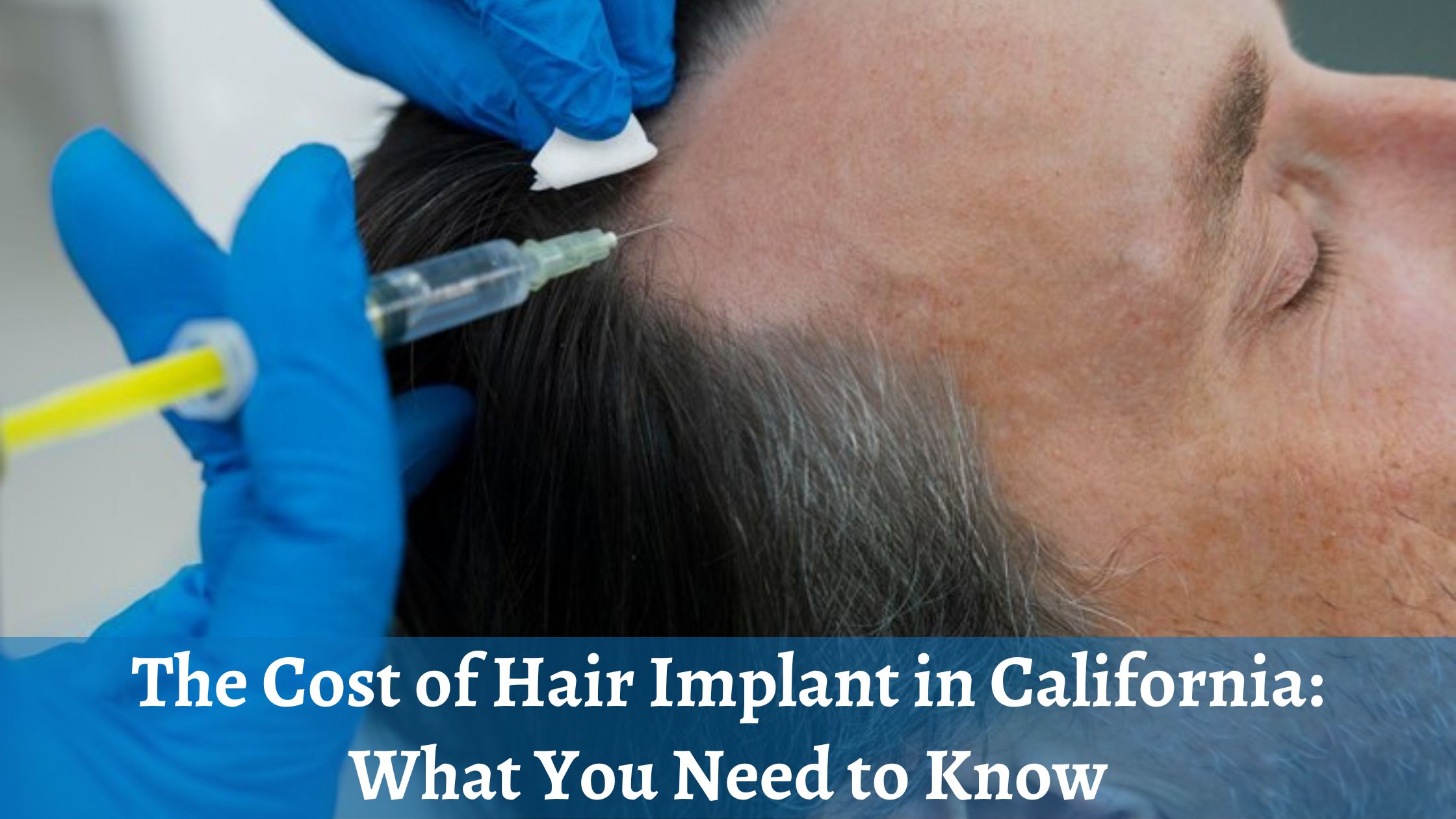A beautiful smile can profoundly impact your self-esteem and overall appearance. Dental veneers offer a reliable and aesthetically pleasing solution to enhance your smile, whether you’ve dealt with chipped, discolored, or misaligned teeth. Dental veneers are thin, custom-made shells that cover the front surface of your teeth, providing a natural-looking, flawless finish. But while the results can be stunning, many people wonder what getting veneers involves. If you’re considering veneers to improve your smile, consulting an orthodontist in Vancouver can help you understand the process and ensure the best possible outcome.
What Are Dental Veneers?
Dental veneers are thin, tooth-colored shells made from either porcelain or composite resin that are bonded to the front of your teeth. They are designed to improve the appearance of your teeth by correcting imperfections such as chips, cracks, gaps, discoloration, or minor misalignment. Porcelain veneers, in particular, are known for their ability to mimic the natural look of teeth, offering durability and stain resistance. Composite resin veneers are generally less expensive and quicker to apply but may not last as long as porcelain veneers.
The Process of Getting Veneers
Getting dental veneers typically involves several steps spread out over a few weeks. Here’s a breakdown of what you can expect:
Initial Consultation and Evaluation
The first step is scheduling an appointment with your dentist to discuss your goals and evaluate whether veneers are the right solution. During this consultation, your dentist will examine your teeth, take X-rays if necessary, and discuss your options. Your dentist may also take impressions of your teeth to ensure the veneers fit perfectly.
If your teeth are in good health and you have realistic expectations for the results, your dentist will proceed with preparing for the veneer application.
Preparing the Teeth
Once you and your dentist have agreed on veneers, the next step is preparing your teeth for them. Your dentist will usually remove a small amount of enamel (about 0.5 mm) from the front surface of the teeth that will receive veneers. This step is essential to ensure the veneers fit properly and look natural.
In some cases, if the veneers are placed on only a few teeth, the amount of enamel removed may be minimal. This step may be less invasive for patients getting composite resin veneers than porcelain.
Creating Custom Veneers
After your teeth are prepared, your dentist will take impressions of your teeth and send them to a dental lab, where your custom veneers will be created. This process can take a few weeks, during which time your dentist may provide temporary veneers to protect your teeth and maintain your smile’s appearance. These temporaries are not as durable or aesthetically pleasing as the final veneers, but they allow you to continue your daily activities while waiting for the final product.
Fitting the Veneers
Once your custom veneers are ready, you’ll return to the dentist for a second appointment to have them placed. Your dentist will remove the temporary veneers (if used) and clean the surface of your teeth. Using a unique dental adhesive, the veneers will be carefully fitted and bonded to the front of your teeth.
The dentist will also make necessary adjustments to ensure the veneers fit comfortably, align appropriately with your bite, and look natural. Once the veneers are in place, your dentist will use a curing light to harden the adhesive and bond the veneers securely to your teeth.
Final Adjustments
After placing the veneers, your dentist will check your bite and make any final adjustments to ensure the veneers function correctly. If there are any issues with comfort or fit, your dentist can modify the veneers during the same appointment.
Aftercare and Maintenance
Once your dental veneers are in place, maintaining them is relatively easy. While they are durable and resistant to stains, it’s essential to follow some basic care guidelines to ensure they last:
- Good Oral Hygiene: Brushing and flossing regularly are essential to maintaining the health of your veneers and natural teeth.
- Avoiding Hard Foods: Veneers are strong, but they can be damaged if you bite into very hard foods like ice or nuts. To preserve the longevity of your veneers, it’s best to avoid these.
- Regular Dental Visits: Regular checkups with your dentist are crucial to ensure the veneers are intact and your oral health is in good condition.
With proper care, porcelain veneers typically last 10-15 years, while composite resin veneers may need to be replaced sooner due to wear.
Benefits of Dental Veneers
There are several reasons why people choose dental veneers, including:
Aesthetic Improvement: Veneers can transform your smile, providing a more uniform, natural appearance.
Durability: Porcelain veneers are strong and resistant to staining, making them a long-lasting solution.
Minimal Invasiveness: The procedure for getting veneers is non-surgical and requires minimal tooth reduction compared to other options like crowns or dental implants.
Conclusion
Dental veneers in Vancouver are an excellent option to enhance their smile and dental aesthetics. While getting veneers may take a few visits to your dentist, the results can be life-changing. With proper care, veneers can give you a beautiful, confident smile lasting many years. If you’re considering veneers, consult a qualified dentist who can help you understand the process, assess your candidacy, and guide you through every step to achieve the smile you’ve always wanted.







